The Mediterranean diet is emblematic of the traditional eating habits followed by the 21 countries bordering the Mediterranean Sea. These eating habits emphasize the consumption of vegetables, fruits, legumes, nuts, seeds, and healthy fats while limiting foods high in salt and saturated fats.
But, not all of the recipes from these countries fit these criteria. Some dishes are rich and full of butter, while others are sticky incredible desserts that certainly don’t count as the Mediterranean diet. So, today we bring you the top 10 Mediterranean countries for food — some dishes are more healthy than others, but all promise you delicious surprises.
Table of contents:
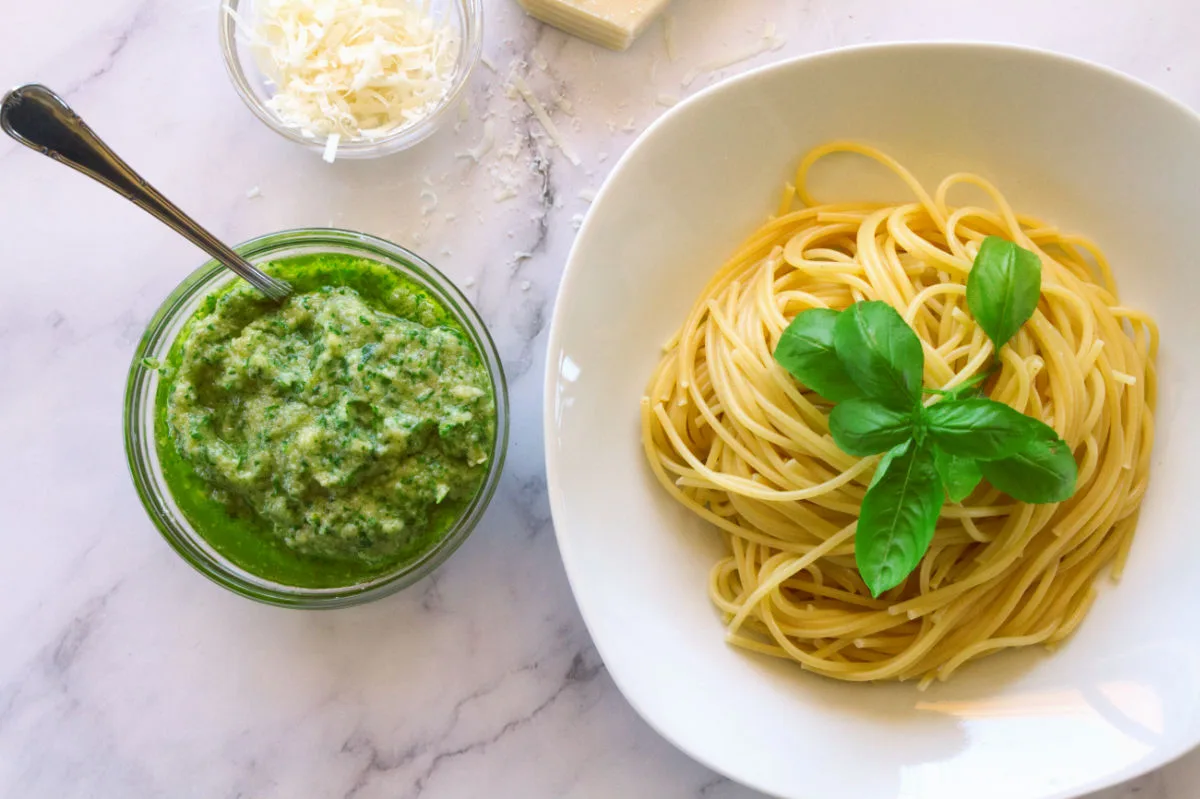
Italy
Italy is a cornerstone of the Mediterranean diet, emphasizing ingredients like olive oil, tomatoes, whole grains, and fresh vegetables. Historically, Italian cuisine has been rooted in simplicity, with recipes handed down through generations. Notable dishes include pasta dishes such as spaghetti aglio e olio, risottos, and the classic Margherita pizza.
Of course today, Italy is globally celebrated for its vast variety of pasta recipes, pizzas, risottos, and gelato. Lots of recipes are anything but simple these days, and a pizza can have everything on it from seafood to fruit! Many famous Italian products are shipped around the globe too (think Parmesan cheese, prosciutto, wine, Campari).
Fresh herbs, cheeses, and wines complement most Italian dishes, embodying the essence of Mediterranean eating. And there’s no doubt that olive oil remains hugely important in the Italian kitchen, used in a myriad of dishes for taste and health properties. Olive oil is typically the backbone of Mediterranean recipes.
Check out more recipes from Italy here.
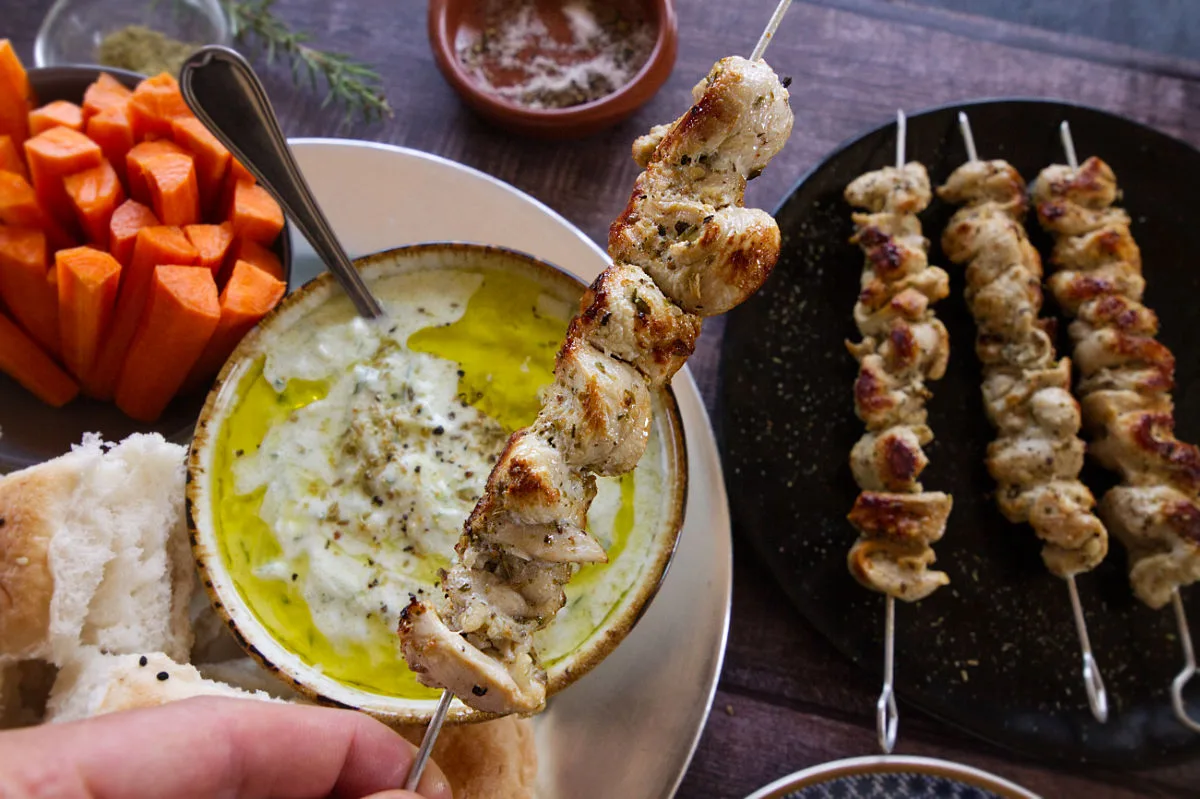
Greece
Greece boasts a diet rich in fresh fruits, vegetables, lean proteins, and — olive oil. Historical Greek cuisine blends both ancient traditions and influences from Asia Minor. Moussaka, a layered eggplant and meat dish; Greek tzatziki, the yogurt-based sauce with cucumber and garlic; and the famed Greek salad with feta cheese, are quintessential dishes. Herbs like oregano and dill often season meals.
Greek dishes have found their way all over the world today. It also exports plenty of products that are uniquely Greek like feta cheese, Greek yogurt, and ouzo. Many of the products are enjoyed as meze platters: lots of small dishes served together. As one of the top consumers and producers of olive oil, it’s highly regarded and enjoyed around the world.
Discover our Greek Recipes here
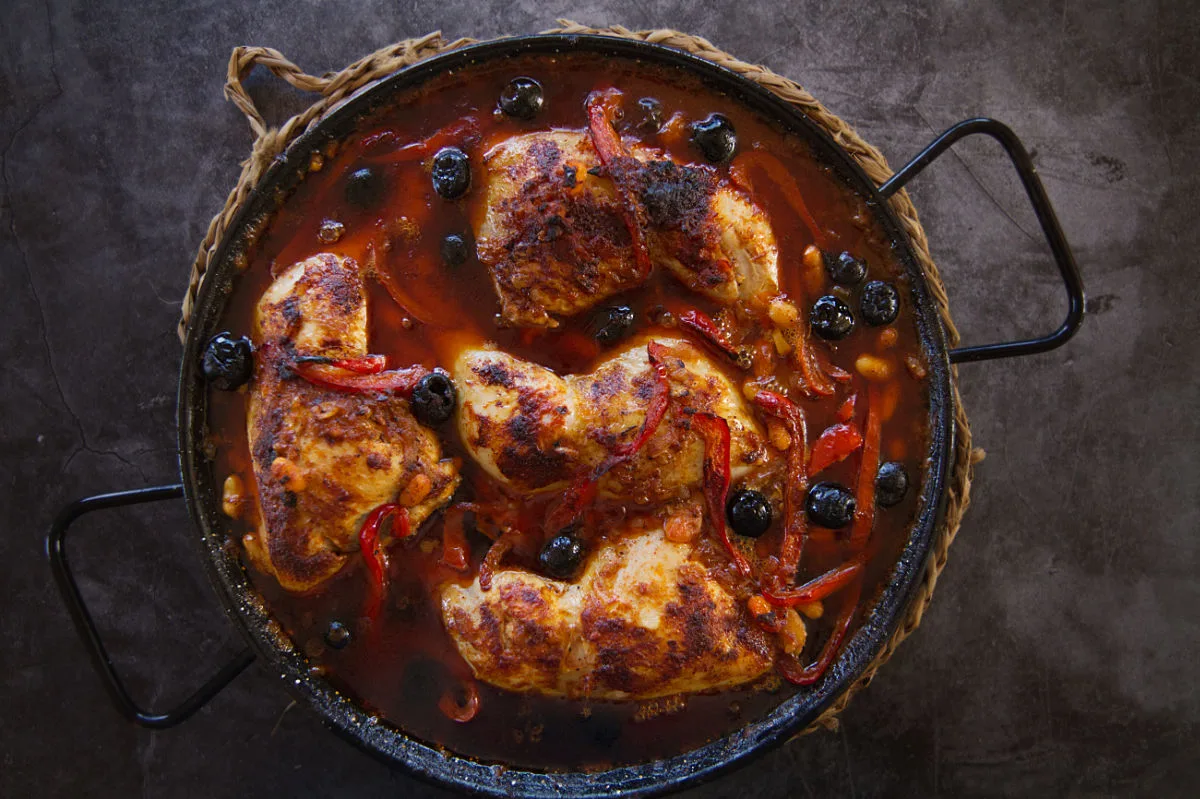
Spain
Spanish cuisine focuses on olive oil, fresh seafood, and a plethora of vegetables. Like Greece, Spain is one of the top consumers and producers of olive oils, and it also exports to many countries. Fresh bread is often enjoyed with meals and used to mop up tasty sauces or pop a little piece of tapas onto.
Historical influences range from Moorish to Roman. Paella, a rice dish with saffron and various proteins; and gazpacho, a cold tomato soup, highlight the country’s rich culinary diversity. Paprika is also used in many dishes, and Spain is particularly well-known for smoked paprika. Like in Italy, it’s also common for people to enjoy wine with many meals and the country produces some very fine wines as a result.
More on Spanish food and cuisine here
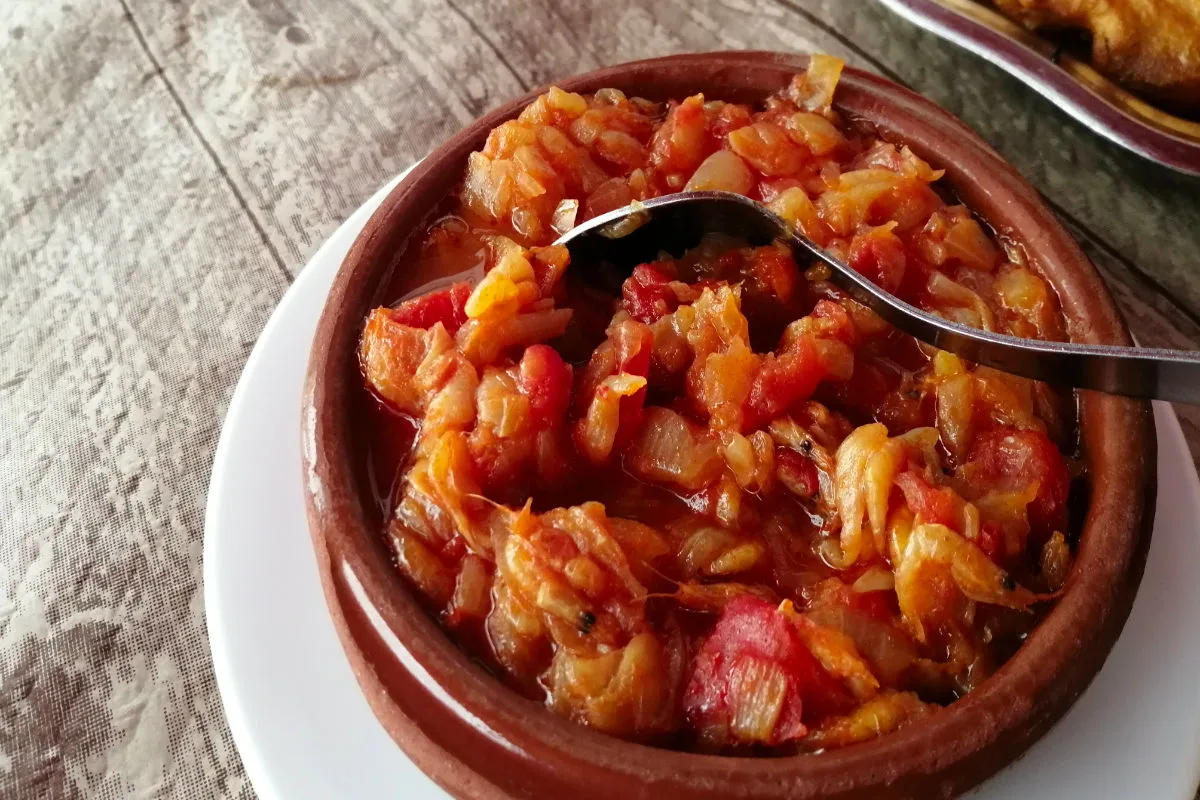
Turkey
Blending Mediterranean and Middle Eastern flavors, Turkish cuisine is rich in vegetables, fruits, and lean meats. Classic dishes include kebabs, baklava (a sweet pastry), and mezes like hummus and tzatziki. Olive oil is also popular and spices like sumac and za’atar are common.
Of course, you can’t talk about Turkish cuisine without mentioning kebabs. The shish kebab and döner kebab are famous worldwide now, with kebab stores serving food at all hours. One of the most notable alcoholic drinks to come from Turkey is Raki (anise-flavored liquor), and Turkish coffee and their teas are distinct, strong, and incredibly tasty.
Discover Turkish food and recipes here
France
Southern France showcases a Mediterranean diet with ingredients like olives, tomatoes, and lavender. Ratatouille, a vegetable stew; and bouillabaisse, a Provençal fish soup, are classics. You’ll essentially find versions of these up and down the Mediterranean coast, just with different names. France is also famous for its cheese and wines, and with good reason!
Historical French cuisine blends Gallic tradition with Mediterranean influences. For this reason, you’ll find a wide variety in how dishes are prepared within the country and some clear differences from its other Mediterranean neighbors. Garlic and butter are pretty much synonymous with French cuisine in the North, whereas you’ll not even see butter creep into a dish in many other countries on the Med.

Morocco
North African flavors dominate Moroccan cuisine. While it incorporates Mediterranean ingredients like dried fruits and nuts, it’s uniquely spiced with cumin, saffron, and coriander. Tagines (slow-cooked stews) are usually rich and sumptuous and couscous recipes are often light but tasty — both are staples.
Visitors to Morocco often head straight to a souk (market) where they can sample cooked food and buy spices while soaking up the energetic environment. Try this easy Moroccan couscous with roasted veg and tahini at home. Morocco exports many fruit and vegetables used in Mediterranean recipes, such as tomatoes, bell peppers, citrus fruit, as well as olive oil.
Find more great Moroccan recipes here
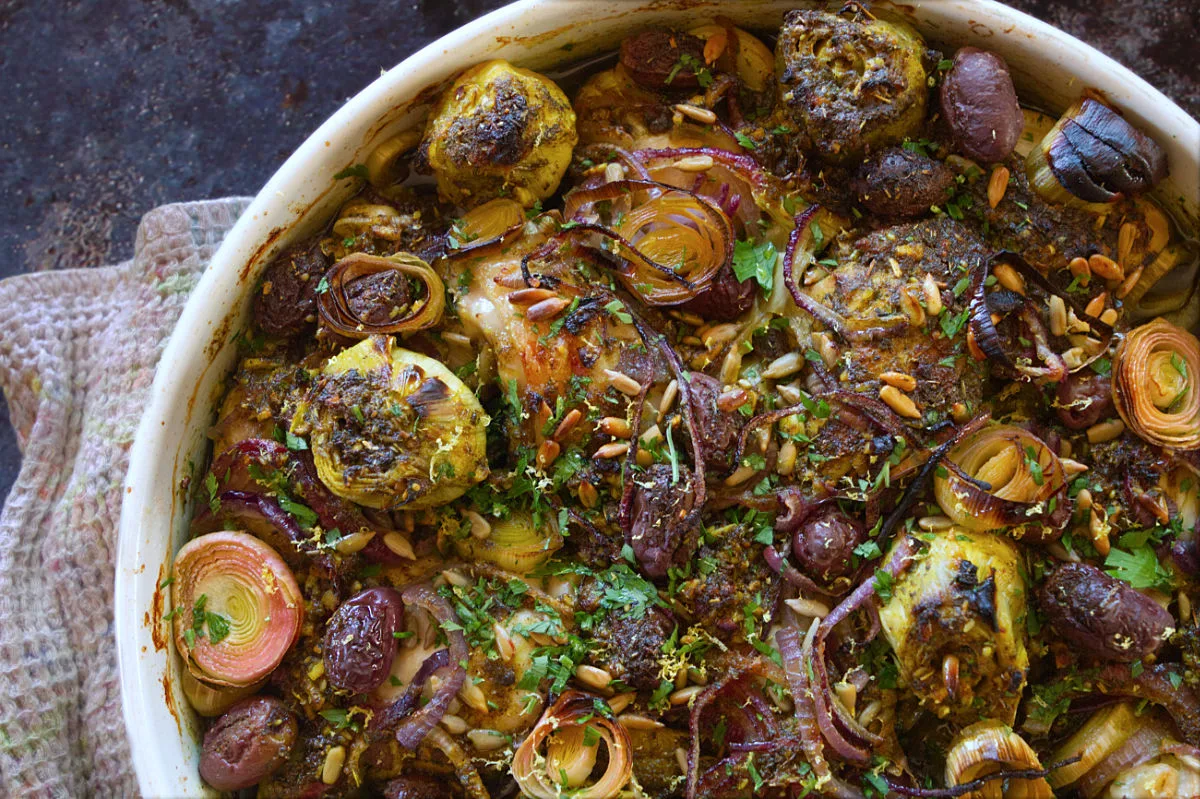
Lebanon
Lebanese cuisine is a healthy Mediterranean diet gem. Rich in legumes, whole grains, fruits, vegetables, and seafood, it offers dishes like tabbouleh, falafel, and shawarma. Historically, it merges Phoenician, Egyptian, and Ottoman influences, so you can appreciate how so many delicious recipe favorites come from Lebanon.
Lebanon also has a long history of wine production and grows indigenous grapes like Obeideh and Cinsault, and international varieties like Syrah and Chardonnay. The vast majority of grapes are grown in the Bekaa Valley and much of the Arak (anise-flavored spirit) in Lebanon is produced there too.
Check out our section on Lebanese cuisine and recipes here
Egypt
Egyptian cuisine, while Mediterranean, also has strong North African and Middle Eastern undertones. Fava beans, lentils, and leeks are dietary pillars. Dishes like ful medames (cooked fava beans) and koshari (rice, lentils, and pasta) are classic Egyptian examples.
Given its proximity to many other Mediterranean countries, the infusion of flavors can be delightful. Moussaka is popular in Egypt, although it’s different from the Greek dish in many ways. And falafel (called Taameya in Egypt) are also deep-fried balls with herbs and spices that can use chickpeas or fava beans.
Croatia
Croatia’s Adriatic coast heavily influences its diet. Fish, shellfish, olive oil, and fresh produce are staples. Historically, the Venetian and Ottoman empires influenced Croatian cuisine. Dishes like Brodet (fish stew) and Crni Rižot (black risotto) exemplify its Mediterranean roots. And it’s also famous for other dishes like Peka: slow-cooked meat and vegetables under a bell-like dome.
In keeping with many of its Mediterranean neighbors, Croatia exports many quality ingredients globally including olive oil, wine, cheese, and seafood.
Cyprus
Cyprus blends Greek and Turkish culinary traditions. Ingredients such as olives, citrus fruits, and halloumi cheese reflect its Mediterranean heritage. It’s also famed for dishes like souvlaki (grilled meat) and sheftalia (sausage).
Meze platters are popular in Cyprus too and often include olives, dips, dolmades, and grilled veg and meats to share. To begin or end a meal, Zivania may be served, which is similar to Greece’s Ouzo or Italy’s Grappa.
Which Mediterranean Cuisine to Try?
We’ve only just scratched the surface of what each of these inspiring countries produce and the recipes they’re famous for. There’s also an abundance of Mediterranean herbs and spices that round off many recipes.
As you can see, many of the Mediterranean share similar culinary traditions and dishes. This beautiful melting pot of flavors has given us some of the tastiest — and often healthiest — recipes ever. Don’t just stop at one cuisine, try as many as you can. There’s so much to experience and your tastebuds will thank you for the journey.

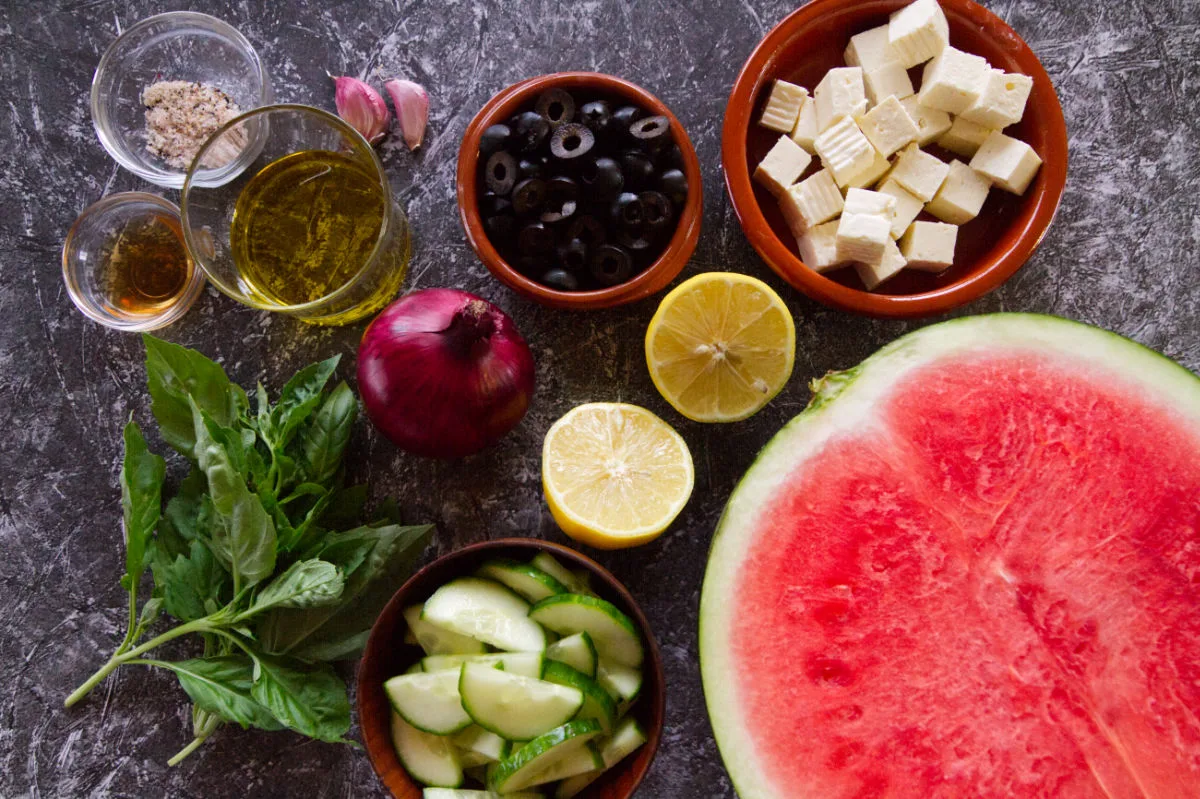
Leave a Reply